How to Fix Windows 10 Remote Desktop Not Working Error
Remote Desktop is a valuable feature in Windows 10 that allows you to connect to and control another computer remotely. However, there are times when you might encounter issues that prevent Remote Desktop from working correctly.
Let’s look at the common causes of the Windows 10 Remote Desktop not working error and provide detailed steps to fix it.
Causes of the Windows 10 Remote Desktop Not Working
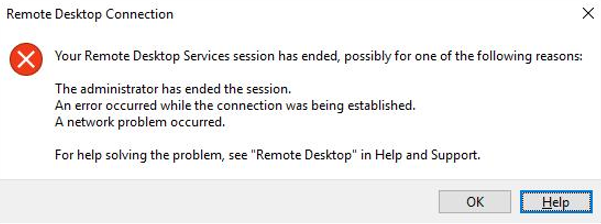
Understanding the potential causes of the Remote Desktop not working can help you troubleshoot the issue more effectively. Here are some common causes:
- Incorrect firewall settings
- Remote Desktop not enabled on the host computer.
- Network connectivity issues
- DNS cache problems
- Group Policy settings
- Remote Desktop Protocol (RDP) services are not running.
- Registry configuration errors
- Issues after a Windows update
9 Fixes: Windows 10 Remote Desktop Not Working Error
Change Firewall Settings
Sometimes, your firewall might block the Remote Desktop connection, preventing it from working correctly.
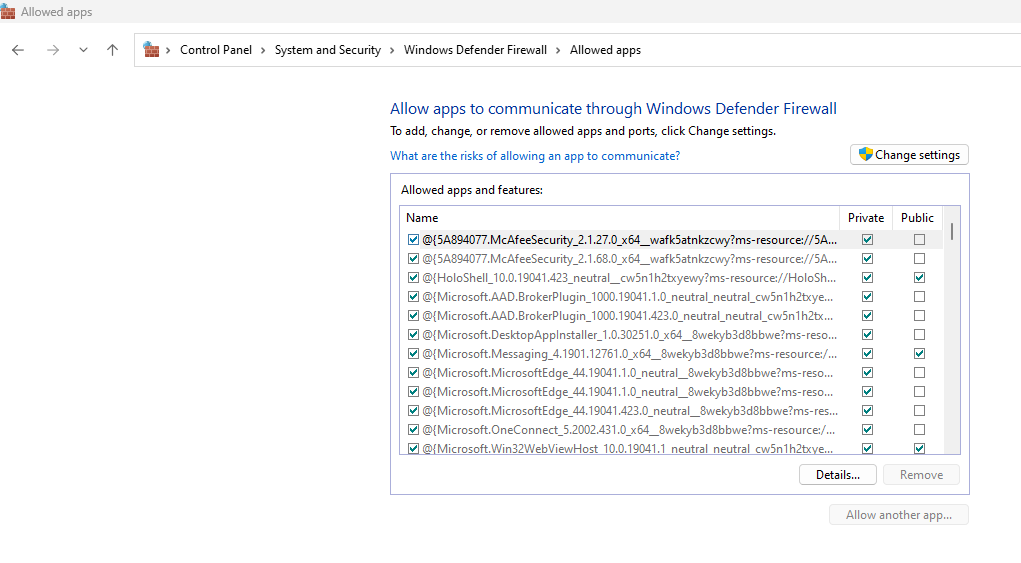
- Open the Control Panel and navigate to “System and Security.”
- Click “Windows Defender Firewall” and then “Allow an app or feature through Windows Defender Firewall.”
- Find “Remote Desktop” and ensure both “Private” and “Public” checkboxes are checked.
- Click “OK” to save the changes.
Enable Remote Desktop on Your Computer
Remote Desktop must be enabled on the computer you want to connect to.
- Open “Settings” and go to “System.”
- Select “Remote Desktop” from the left pane.
- Toggle the switch to enable Remote Desktop.
- Confirm your choice if prompted.
Allow Remote Desktop in Firewall Settings
In addition to the general firewall settings, you may need to allow remote desktop access to the firewall specifically.
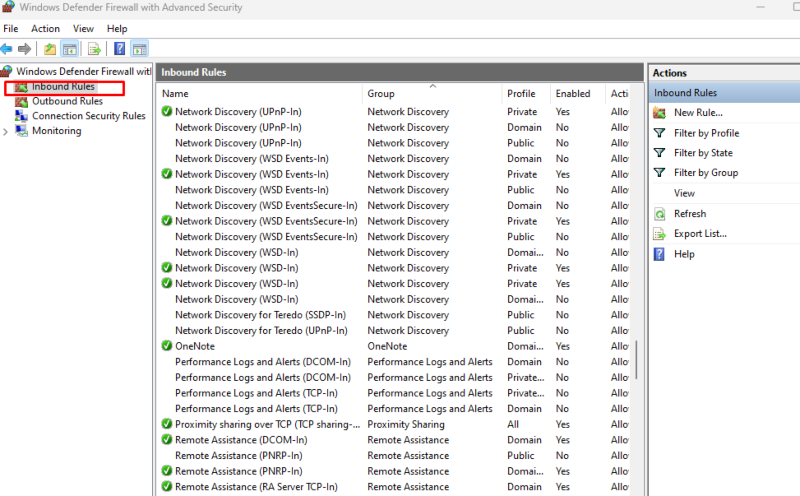
- Open “Control Panel” and navigate to “System and Security.”
- Click on “Windows Defender Firewall” and then “Advanced settings.”
- In the left pane, select “Inbound Rules.”
- Find “Remote Desktop – User Mode (TCP-In)” and enable it.
Flush DNS Cache via CMD
A corrupted DNS cache can interfere with Remote Desktop connections.
- Open Command Prompt as an administrator.
- Type ipconfig /flushdns and press Enter.
- Restart your computer to apply the changes.
Disable WDDM in Group Policy Editor and Reboot Your PC
Disabling the Windows Display Driver Model (WDDM) might resolve Remote Desktop issues.

- Press Windows + R, type gpedit.msc, and press Enter.
- Navigate to “Computer Configuration” > “Administrative Templates” > “Windows Components” > “Remote Desktop Services” > “Remote Desktop Session Host” > “Remote Session Environment.”
- Double-click “Use WDDM graphics display driver for Remote Desktop Connections” and set it to “Disabled.”
- Click “OK” and restart your computer.
Check the Status of RDP Services in Services
Ensure that the necessary services for the Remote Desktop are running.
- Press Windows + R, type services.msc, and press Enter.
- Find “Remote Desktop Services” and ensure it is running. If not, right-click and select “Start.”
- Repeat this for “Remote Desktop Services UserMode Port Redirector.”
Make Changes to the Registry Editor
Modifying the registry can help resolve Remote Desktop issues, but proceed cautiously.

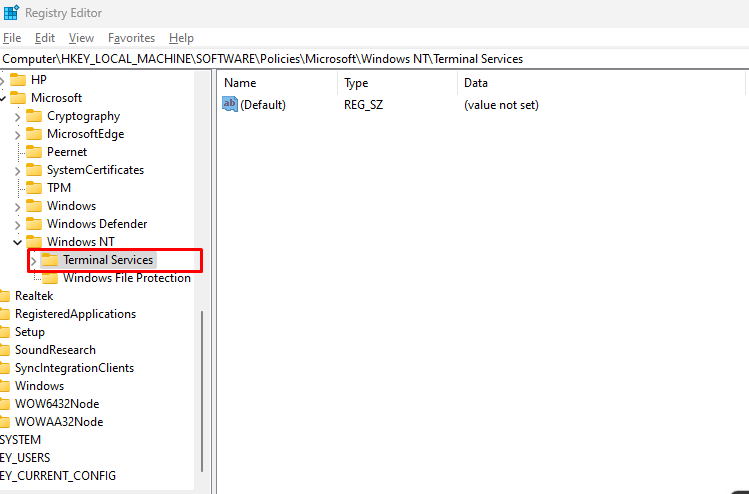
- Press Windows + R, type regedit, and press Enter.
- Navigate to HKEY_LOCAL_MACHINE\SOFTWARE\Policies\Microsoft\Windows NT\Terminal Services.
- Ensure the values for “fDenyTSConnections” are set to 0.
- Restart your computer.
Revert Windows to the Previous Version
If the issue started after a recent Windows update, reverting to a previous version might help.
- Open “Settings” and go to “Update & Security.”
- Select “Recovery” and click “Go back to the previous version of Windows 10.”
- Follow the on-screen instructions to complete the process.
Try a Third Party PC Solution ( If it comes down to it )
Issues may occur due to your system configuration, activities, or recent updates. If the Remote Desktop still isn’t working after troubleshooting, try Fortect.
Fortect detects and fixes Windows system issues, cleans temporary files, and optimizes the registry. The premium account automatically and thoroughly scans your computer for any problems, including Remote Desktop issues.
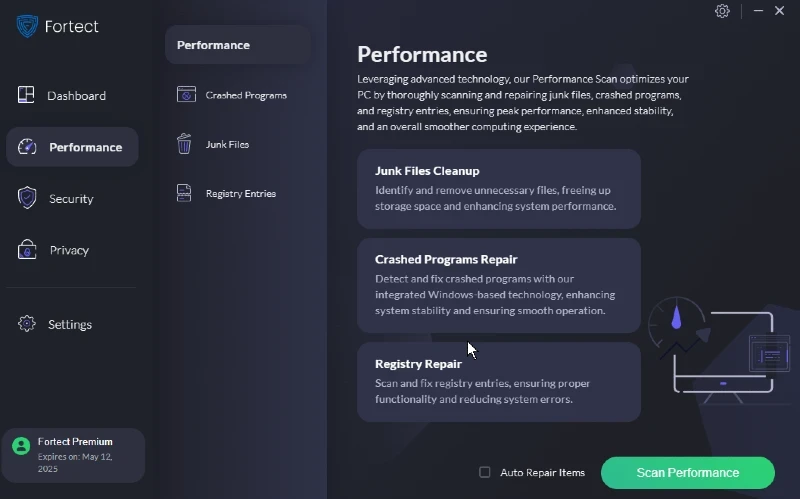
If you’re not ready for the premium version, try the trial version. The trial version manually scans your Windows PC for issues, provides real-time updates and fixes problems.
Download and install Fortect now.
Conclusion
Troubleshooting the Windows 10 Remote Desktop not working error involves several steps, from checking firewall settings to modifying registry entries. Following the detailed steps in this guide, you can resolve the issue and restore your ability to connect to other computers remotely. If the problem persists, seek professional assistance to ensure your system is configured correctly.




![How To Undo Windows Update [Rollback Windows Updates]](https://wp-cdn.fortect.com/uploads/2023/04/20093700/undo-windows-update-425x300.jpg)